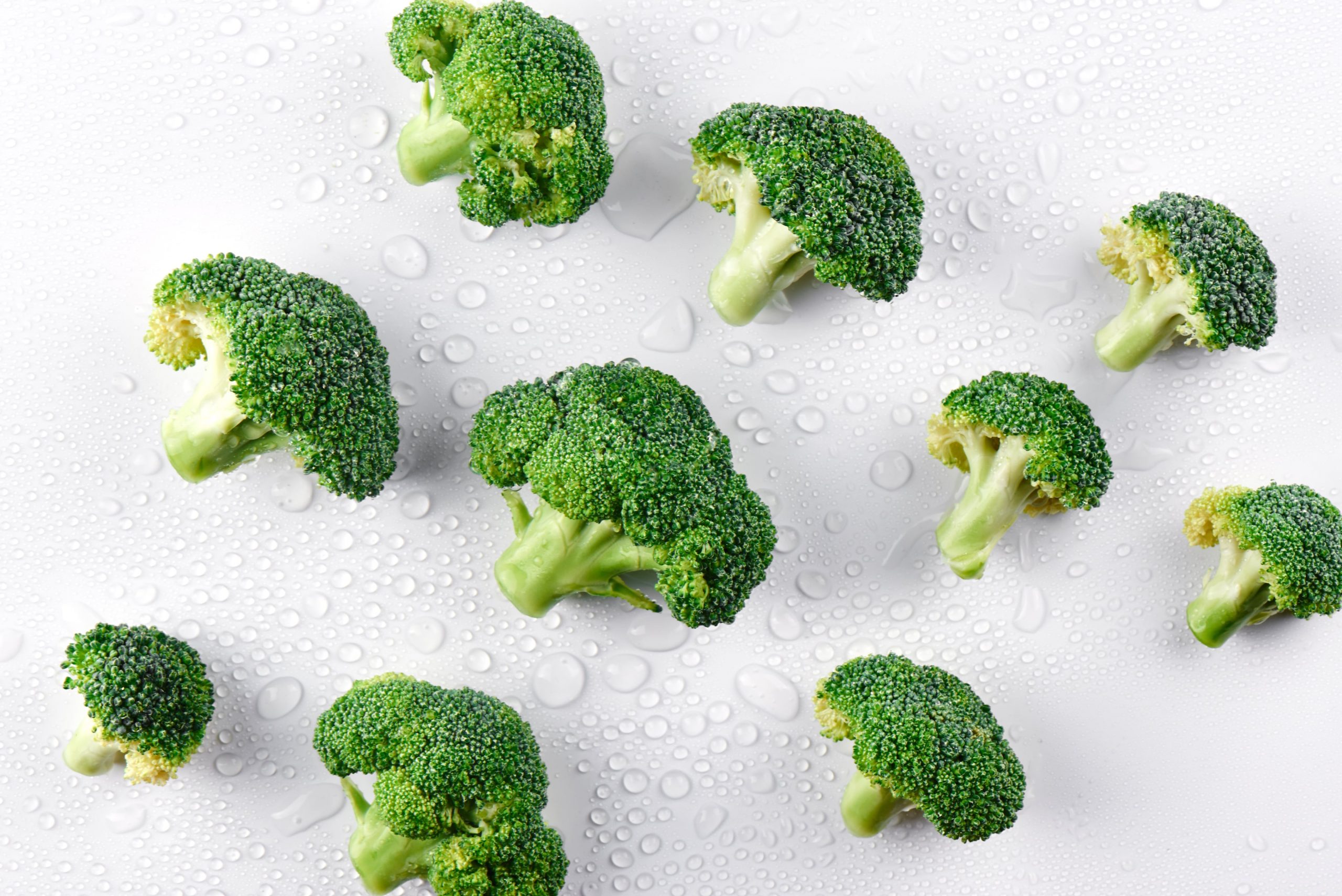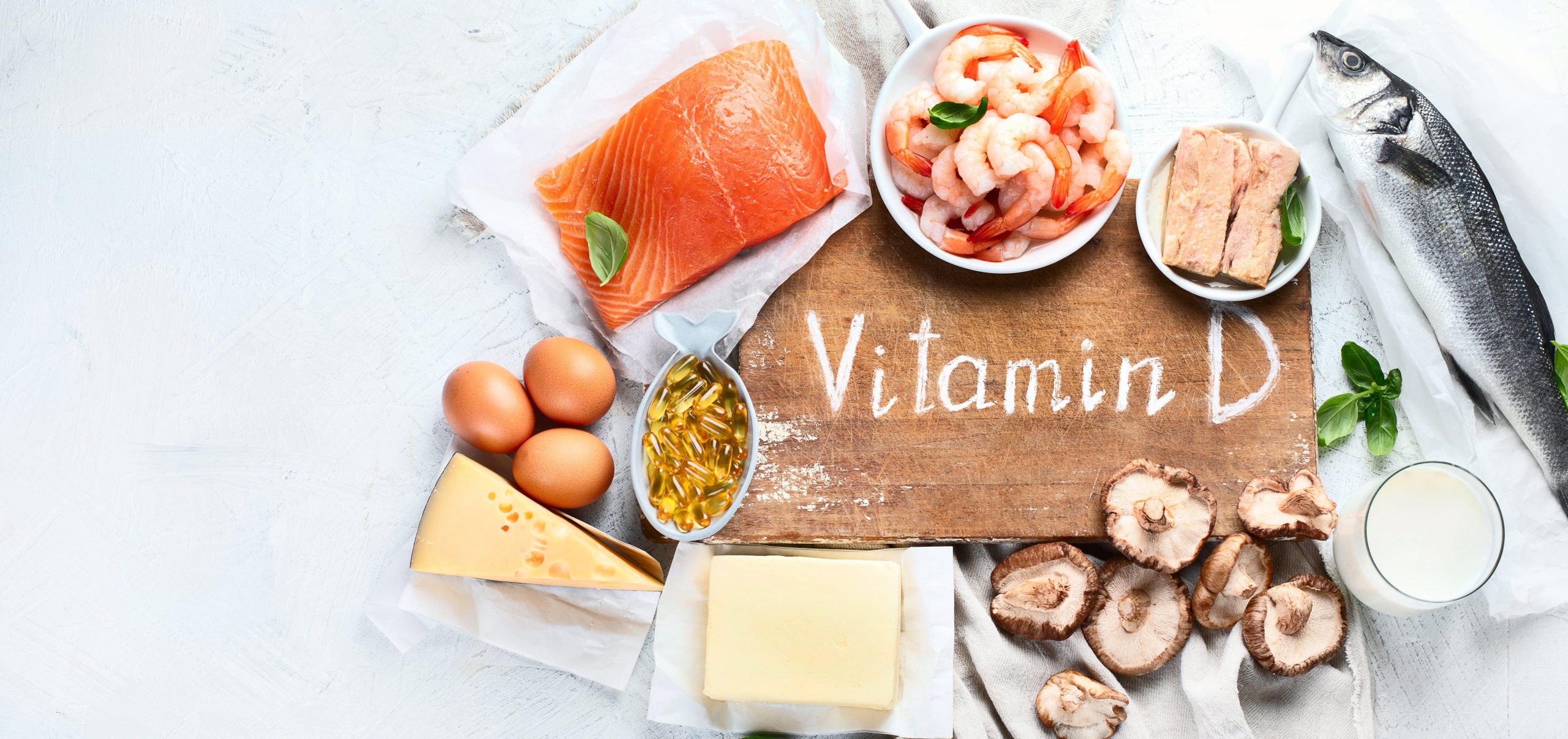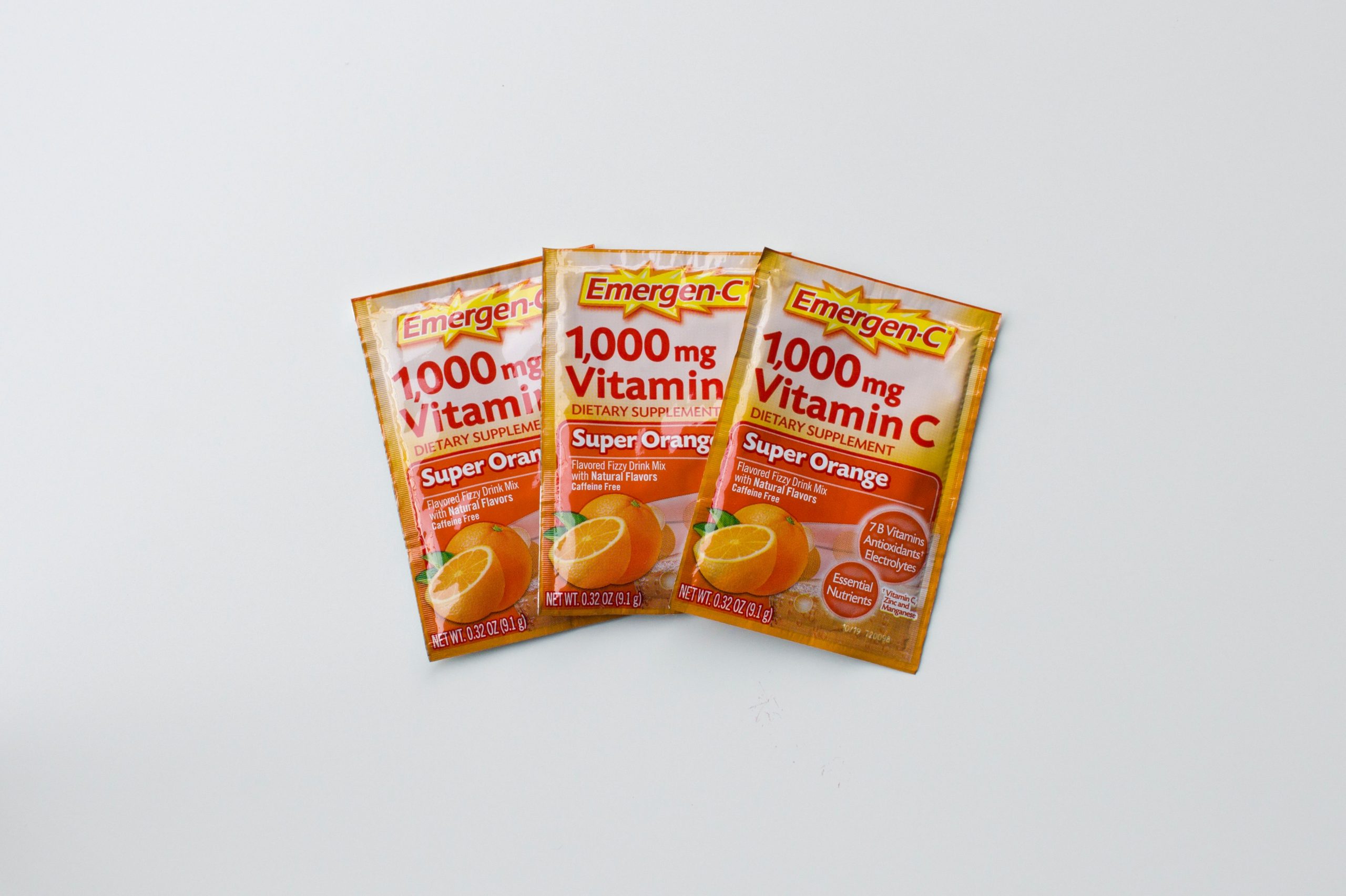Sulforaphane is a natural compound found in many plants, such as cruciferous vegetables. For instance, Brussels sprouts, broccoli, cauliflower, cabbage, and kales.
This plant compound contains antimicrobial, antioxidant, and anti-inflammatory properties. These components make it a powerful remedy to various common diseases, such as cancer, heart attack, liver damage, and brain ailments. In cruciferous vegetables, sulforaphane is stored in an inactive form known as glucoraphanin. Therefore, eating lots of cruciferous vegetables increases your intake of sulforaphane.
This article will explain the importance, health benefits, and side effects of sulforaphane.
What Is Sulforaphane?
As mentioned before, cruciferous vegetables, such as Bok choy, broccoli, and Brussels sprouts, are sulforaphane’s main source. This plant compound is rich in sulfur that is proven to protect your body from several common diseases and treat manyinfections.In cruciferous vegetables, sulforaphane occurs inactive, and glucoraphanin comes from the family of plant compounds called glucosinolate. When consumed, glucoraphanin is converted to sulforaphane in the digestive tract when it comes in contact with an enzyme called myrosinase released in the defense mechanism of plants.
When a plant is damaged, the myrosinase enzyme is released and activated instantly. According to the National Center for Biotechnology Information, you must cut, chop, or chew a cruciferous vegetable to obtain myrosinase and activate sulforaphane. Furthermore, people who eat raw vegetables acquire large amounts of sulforaphane compared to those eating after cooking. Eating raw broccoli provided up to 10 times more sulforaphane than the cooked one.
Therefore, if you want to optimize and preserve more sulforaphane, it is advisable to steam vegetables for about 1 to 3 minutes. Similarly, cookat 140 °C to prevent damaging or losing glucosinolates, such as glucoraphanin. Furthermore, please avoid using the boiling method or microwave when preparing cruciferous vegetables and prefer eating themlightly cooked or raw to obtain enough sulforaphane.
Health Benefits of Sulforaphane
Several test-tube studies have been done to detect the efficiency of sulforaphane in humanand animal health. The findings indicated that powerful plant compound has many potential health benefits.
May Help Support Heart Health
Several studies were carried out and found that sulforaphane helps support and protect the heart in several ways. For instance, sulforaphane supports heart health by reducing inflammation.Inflammation is linked to the narrowing of arteries that results in heart problems. Sulforaphane may lower elevated blood pressure, thus preventing heart disease.
Sulforaphane Have Antidiabetic Effects
Type 2 diabetes is one of the diseases associated with high fatality cases. It affects many people across the world. People with type 2 diabetes have impaired transportation of glucose from the blood to the cells. This results in poor maintenance of blood sugar levels.
May Help Prevent and Fight Cancer
Cancer is a chronic condition that kills many people. This condition is characterized by the uncontrolled growth of cells. I cancer is not identified and treated at its early stages. It accompanies a poor prognosis.Furthermore, sulforaphane may help fight cancer cells in several ways, such as lowering the growth and multiplication of various types of cancer cells. For instance, it acts as an antioxidant and detoxifying enzyme that works against carcinogens, a cancer-causing substance. However, identifying the right amount of sulforaphane in vegetables that reduces cancer cells is not shown because the studies focused on the concentrated form of sulforaphane.
Moreover, it is important to note that these studies are insufficient to satisfy whether sulforaphane can be used in hospitals to reduce the risk of developing cancer and lower cell growth in humans.Nevertheless, some studies have shown that taking a large or increased amount of broccoli and other cruciferous vegetables effectively lowers the multiplication and growth of cancer cells. Therefore, eating a diet of cruciferous vegetables every day protects you from this life-threatening disease that has killed millions of people.
Other Health Benefits
Apart from having antidiabetic, anticancer properties and protecting the heart, sulforaphane is proven to treat other chronic diseases. For instance, it is used to treat symptoms of autism, such as verbal communication and social interaction.When certain dosages of sulforaphane are taken by autism patients, its symptoms relieve within a short time.Moreover, they protect the skin from being damaged by ultraviolet rays by blocking them.
In another study, sulforaphane was found to help you relieve constipation. This was noticed in one study that used 2o g of broccoli sprout containinghigh amounts of sulforaphane. The results indicated an improvement in a patient with constipation.Additionally, it promotes brain health by improving its recovery and reducing mental decline, especially after a traumatic brain injury.
Side Effects of Sulforaphane
Consumption of sulforaphane is considered healthy, especially the amounts present in cruciferous vegetables. Apart from cruciferous vegetables, you can obtain them from supplements made from broccoli. However, several side effects are associated with the supplements made from broccoli, such as constipation, bloating, and diarrhea.
Conclusion
Sulforaphane is a natural plant compound found in cruciferous vegetables, such as broccoli, Bok choy, Brussels sprouts, kales, arugula, and cabbage. Furthermore, to activate it from its inactive form glucoraphanin, chop or cut the vegetable and eat raw or steam it lightly. However, sulforaphane supplement made from broccoli is associated with various side effects, such as constipation, diarrhea, and bloating.
- How the Pec Deck Works Your Chest - April 19, 2024
- Homemade Eye Drops: Risks, Benefits, and More - April 19, 2024
- SMART TOOTHPICKS COMPANY - July 29, 2023









